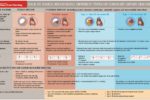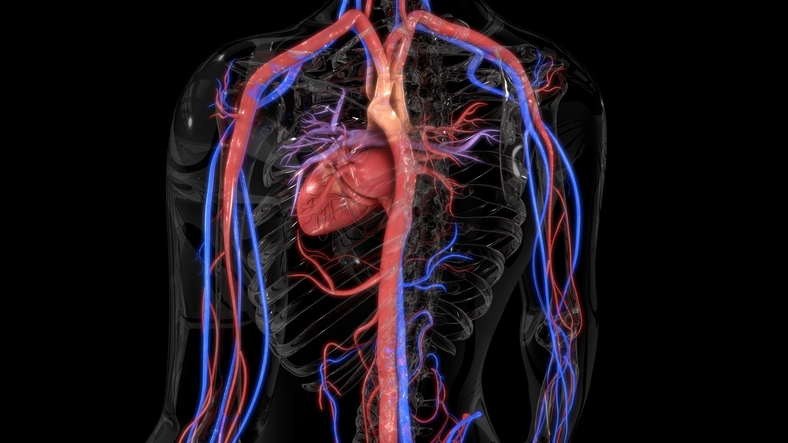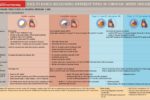In this article, we look at how a primary prevention team introduced a systematic approach to target people who had premature coronary heart disease in their family and offer them a comprehensive cardiovascular disease risk assessment.Based on the findings from the EUROACTION study, the next step was to involve their partners based on the recognition that they often share risk factors due to lifestyle.























